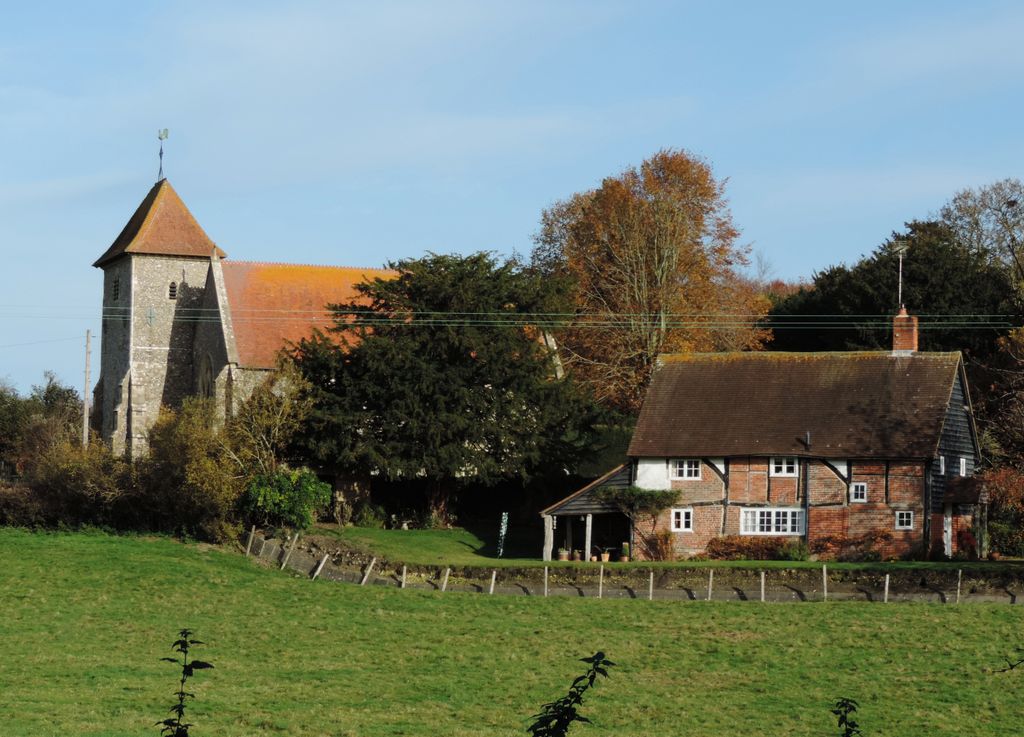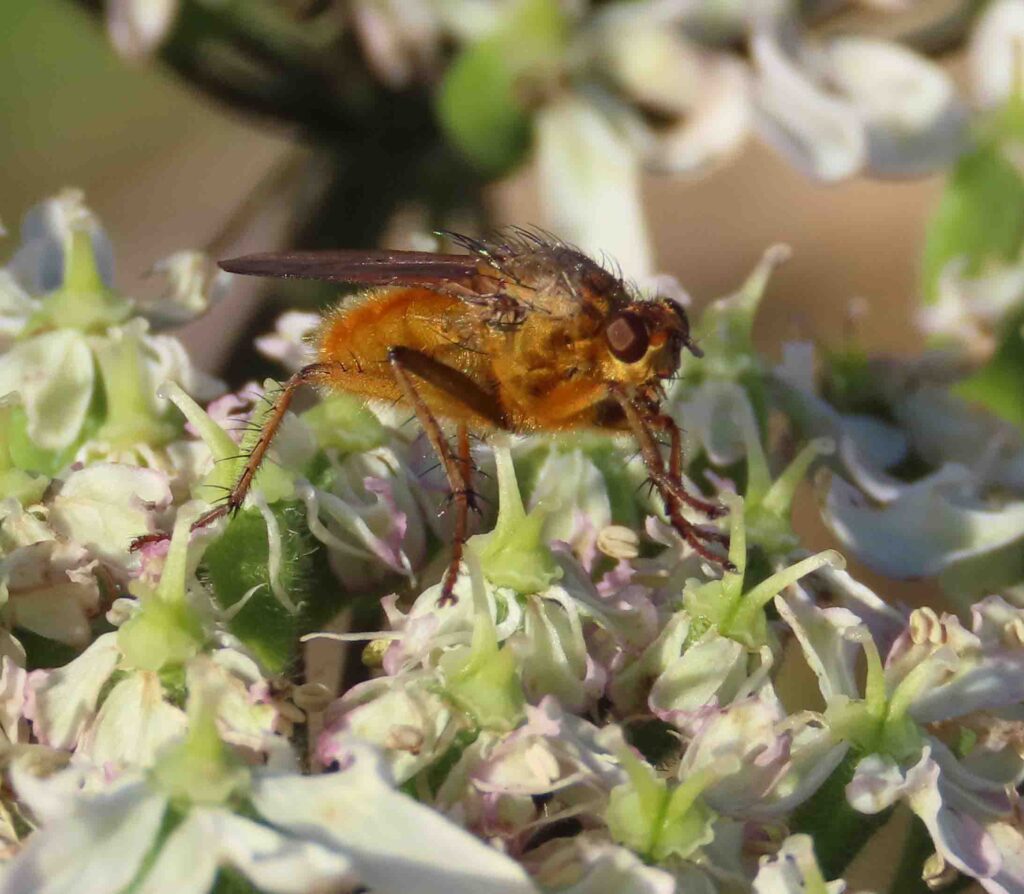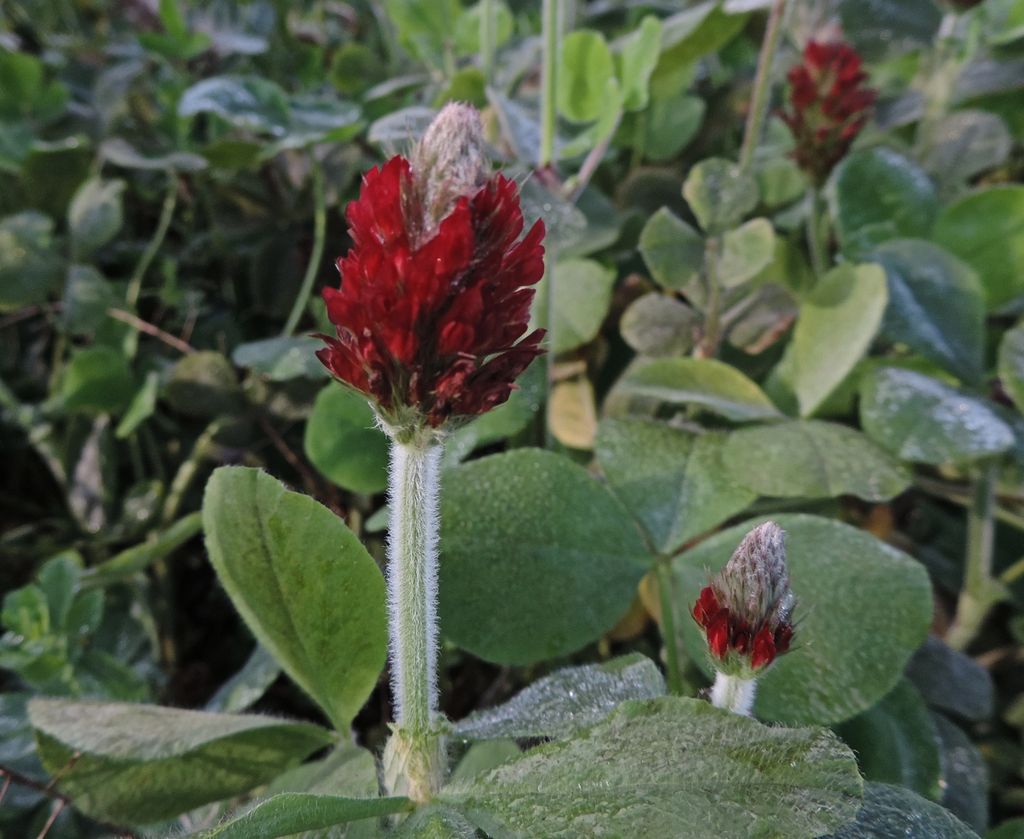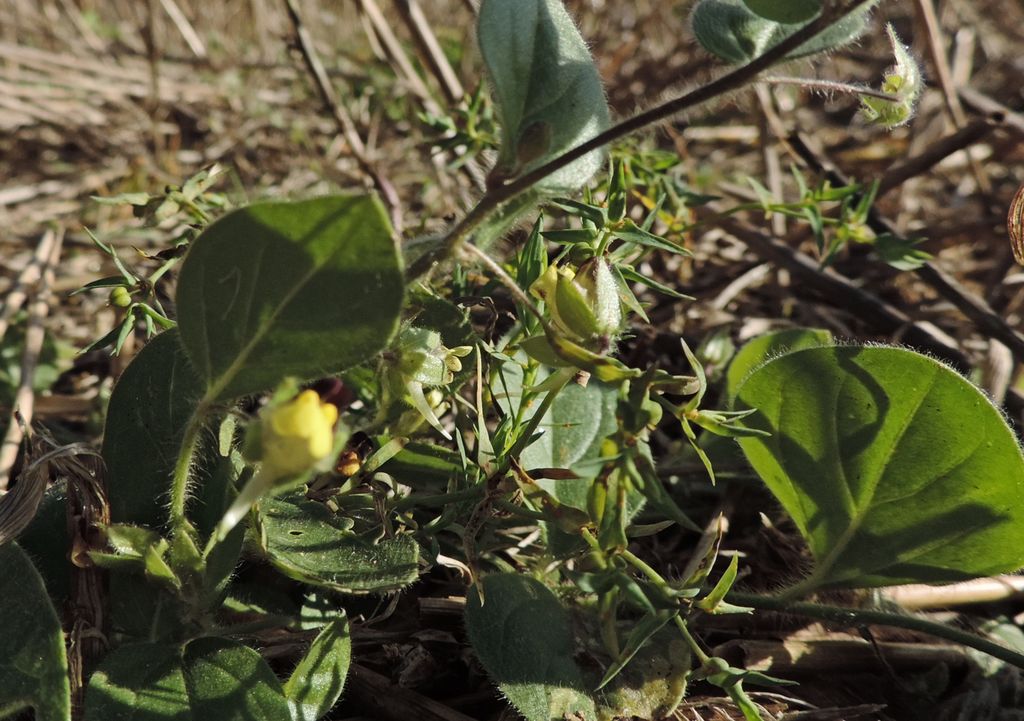Marion Venners led a walk at Aldworth on the morning of Wednesday 17 November. The sun was shining brightly and the Beech trees were a glorious shade of orange. Members gathered at St Mary’s Church, where white Snowy Waxcaps were found in the closely mown grass. A Yew in the churchyard had a sign stating that it was at least a thousand years old. An old hollow trunk was all that remained of the original tree, but a new tree had grown up from the roots and was covered in berries. Inside the church were stone effigies, dating from the 14th Century, of various members of the de la Beche family. First World War poet Laurence Binyon is buried in the churchyard. The walk started out along a track which led westwards between high hedges towards the hamlet of Pibworth. The northern hedge was particularly species-rich, with oak, elm, Field Maple, Holly, Blackthorn, Hawthorn, Hazel and Dogwood. The girth of an enormous old oak was measured as 5.2 metres, suggesting an age of about 250 years. A Brimstone butterfly flew across the track in the sunshine. The next footpath led back through open fields towards the church. There were a number of flowering Hogweed plants and almost all had an attendant Yellow Dung Fly. The next track led first north-west then north. Two Pied Wagtails were flitting across the roof of an adjacent farmhouse. A field next to the track had an interesting species mix, with various clovers, including Crimson Clover, plus vetches and Field Woundwort. Continuing along the track, Skylarks sang overhead and flowers seen included Greater Knapweed and Prickly Sow-thistle. After a short distance along a lane, the next path led to Streatley Warren. The view to the east opened up, extending across the valley of the Thames towards the higher ground around Hailey and Ipsden. An enormous flock of Starlings took to the air. The land at Streatley Warren is marked on the Ordnance Survey map as Open Access land. On an earlier visit to the area in 2015, signs had indicated that access was not permitted between March and September, to protect breeding Stone Curlews. But on the pre-walk, the walkers had been turned away by a farm worker, who said it was currently closed for pheasant shooting. Instead, the walk continued along footpaths that skirted round the access land and round Bower Farm. The next section of the walk was round the margin of a stubble field with an interesting collection of arable weeds, including both Round-leaved and Sharp-leaved Fluellen, Dwarf Spurge and Small Toadflax. The path then crossed another less-interesting stubble field before emerging near the Bell Inn at Aldworth. At the centre of the village is the roofed-in well. It is 113 metres deep and has been capped. Most of the group walked back to the church, before driving to the Four Points for lunch. The two members who had parked originally at the pub were rewarded on their walk back by the discovery of a large bracket fungus, about 50 cm in diameter, which was growing near the base of a healthy-looking oak behind the hedge. It exuded glistening reddish drops of liquid and was subsequently identified as Oak Bracket.
Pictures by Rob Stallard, Fiona Brown and Jim Wills






